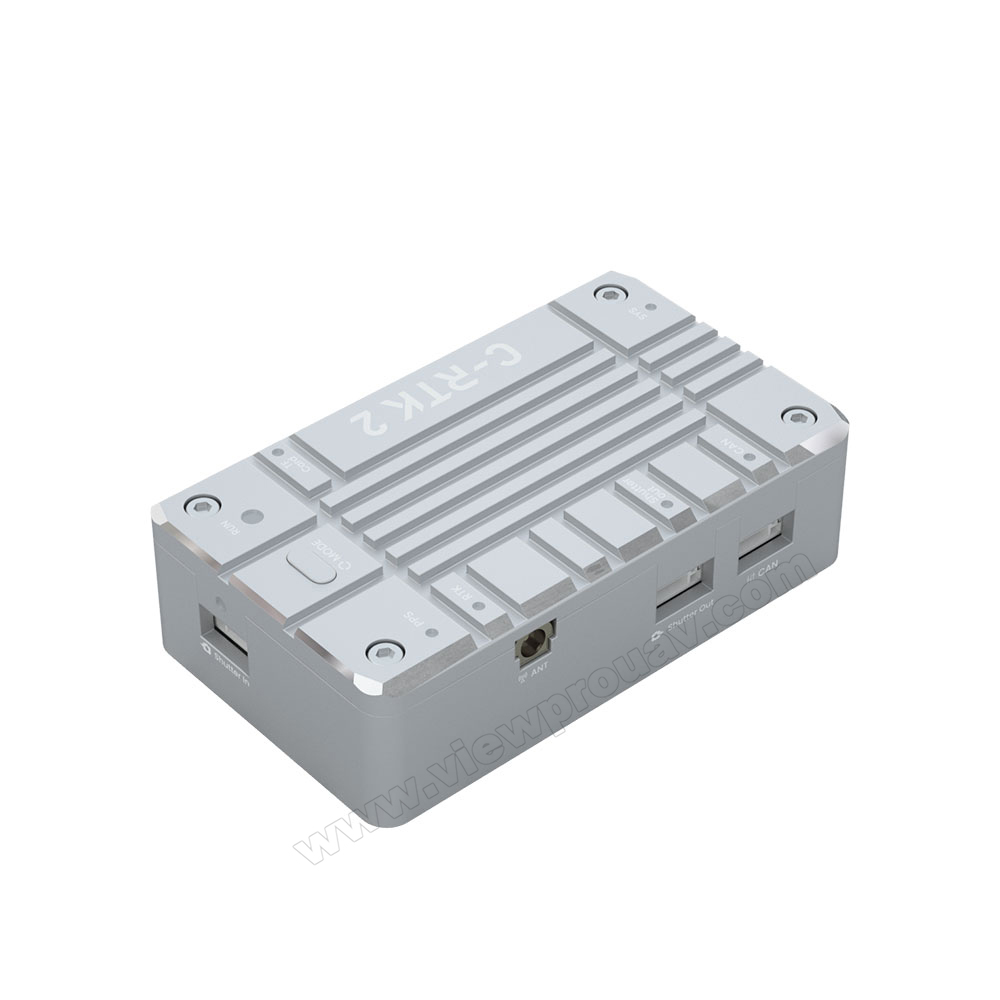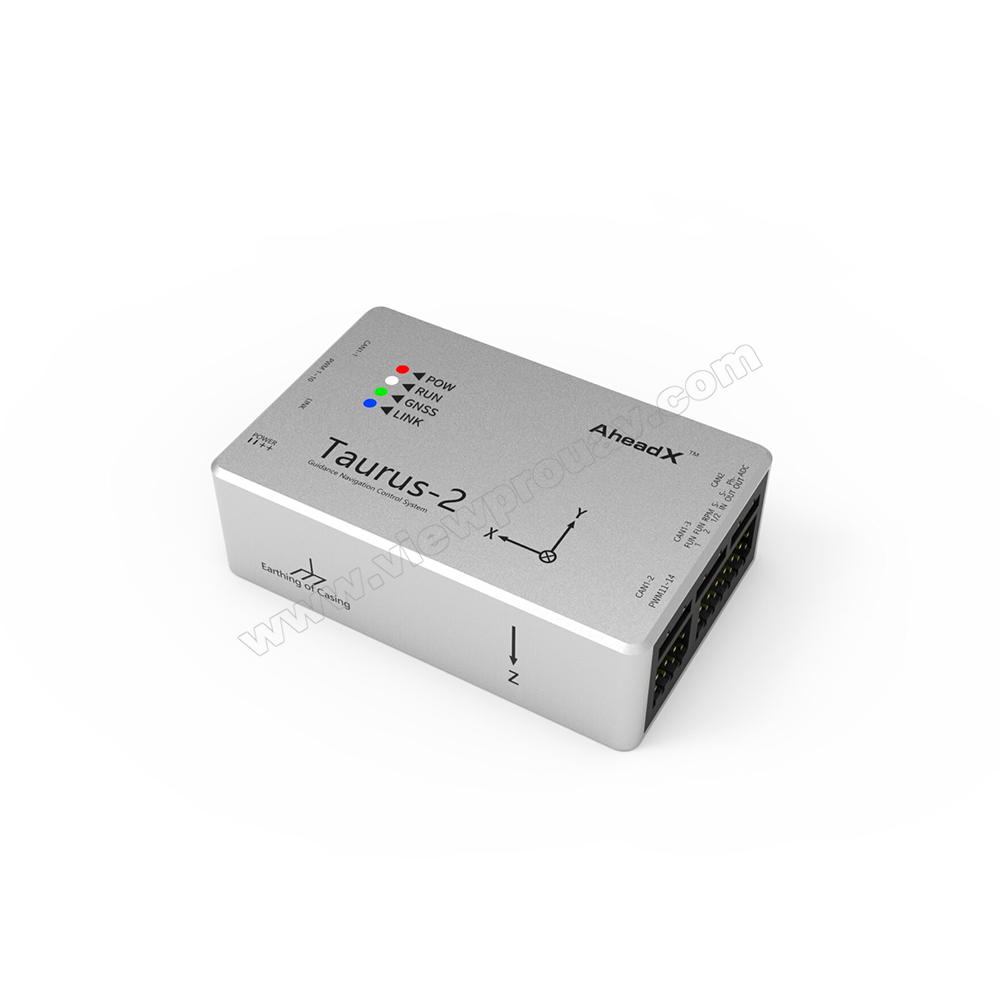SparkNavi Drone Flight Controller and GNSS/INS Made in Taiwan: Advancement for Expert UAVs
SparkNavi Drone Flight Controller and GNSS/INS Made in Taiwan: Advancement for Expert UAVs
Blog Article
A Comprehensive Guide to Picking the Right Drone Trip Controller for Your Unmanned Aerial Vehicle Demands
Selecting an ideal flight controller for your unmanned aerial lorry is an essential choice that can dramatically affect its functional abilities and total performance. Numerous aspects, including the kind of UAV you are using and your desired application, should be carefully assessed. Trick attributes such as processing power, sensing unit compatibility, and telemetry choices play an essential function in ensuring effective combination. As the landscape of readily available choices expands, recognizing these aspects comes to be increasingly crucial for achieving your UAV objectives. The concern continues to be: what criteria should lead your selection procedure to guarantee ideal efficiency?
Understanding Flight Controller Kinds
When diving into the globe of drone modern technology, recognizing the various types of flight controllers is necessary for selecting the best one for your needs. Flight controllers act as the brain of the drone, handling its trip dynamics and maintaining the airplane throughout procedure.

On the other hand, fixed-wing trip controllers are tailored for drones with conventional wing structures, looking like planes - SparkNavi drone flight controller and GNSS/INS made in taiwan. These controllers concentrate on optimizing long-duration trip and gas effectiveness, as they permit sliding and call for much less power contrasted to multi-rotor systems
In addition, there are hybrid controllers that combine functions of both kinds, satisfying versatile applications. Choosing the appropriate trip controller entails analyzing your drone's design, meant usage, and needed efficiency, developing a foundational understanding that is essential for effective drone procedure.
Secret Functions to Take Into Consideration
Examining the vital features of a trip controller is critical for making certain optimal performance and compatibility with your drone's layout and desired applications. Among the primary aspects to think about is the controller's processing power. A greater processing rate makes it possible for quicker response times and far better handling of complicated maneuvers, particularly in high-stress environments.
An additional considerable attribute is the number of supported peripherals and sensing units. Advanced flight controllers typically support several sensing units, such as GPS, accelerometers, and gyroscopes, boosting flight security and accuracy. The availability of telemetry assistance is necessary for real-time data transmission back to the driver, which aids in keeping track of drone performance.

Lastly, the size and weight of the trip controller ought to line up with your drone's specifications, making sure that it does not jeopardize trip efficiency. By very carefully evaluating these vital functions, you can select a trip controller that satisfies your UAV's operational needs and improves its capabilities.
Compatibility With Your UAV
Making sure compatibility in between your trip controller and UAV is vital for attaining seamless operation and optimal efficiency (SparkNavi drone flight controller and GNSS/INS made in taiwan). The combination of these two components can dramatically influence flight stability, control responsiveness, and total capability. When selecting a trip controller, it is vital to validate that it sustains the particular arrangement and requirements of your UAV, including its size, weight, and intended applications
Beginning by evaluating the communication methods utilized by both the trip controller and your UAV. Usual methods include PWM, PPM, and S.Bus, which promote the transmission of signals between components. In addition, take into consideration the power requirements of the trip controller and make certain that your UAV's power circulation system can sufficiently supply the essential voltage and present.
One more important aspect is the physical dimensions and placing choices. The trip controller ought to fit safely within your UAV's framework, permitting reliable air flow and protection from external aspects. Evaluate the compatibility with other onboard systems such as General practitioner, telemetry, and electronic cameras, as these combinations can improve the capabilities of your UAV and contribute to a more advanced flying experience.
Popular Trip Controller Brands

One of one of the most identified brand names is DJI, understood for its easy to use user interfaces and progressed stablizing innovation. DJI flight controllers are usually favored for commercial applications because of their dependability and comprehensive support ecosystem. An additional considerable player is Pixhawk, an open-source platform that permits for considerable modification and adaptability, making it popular among scientists and enthusiasts.
Kiss and Betaflight have gotten grip within the racing drone neighborhood for their light-weight, high-performance controllers that focus on speed and responsiveness. On the other hand, Vector and APM use durable options that cater to both leisure and professional UAV needs, boasting advanced functions like autonomous flight capacities.
Finally, the increase of brand names like Holybro and Matek has actually introduced innovative, economical alternatives that do not endanger efficiency. Each brand offers unique benefits, making it vital for users to assess their particular this content requirements and pick a trip controller that aligns with their functional goals.
Tips for Installation and Setup
Choosing the right trip controller is simply the start; correct installation and arrangement are dig this vital to making best use of performance and guaranteeing the drone runs as planned. Start by meticulously reviewing the manufacturer's directions, as each trip controller might have certain demands. Guarantee that all elements work, consisting of the motors, batteries, and escs, to prevent efficiency problems.
.jpg)
When installing the flight controller, secure it firmly to the drone framework, preferably in a vibration-dampened way to minimize noise interference - SparkNavi drone flight controller and GNSS/INS made in taiwan. Position the controller in such a way that permits optimum general practitioners function, generally with a clear sight of the skies. Connect all needed electrical wiring methodically, taking notice of color codes and pin layouts to avoid misconfiguration
Make use of the supplier's software devices to adjust the controller, making sure that all sensors, consisting of accelerometers and gyroscopes, are properly set up. It is suggested to perform a pre-flight check to perform and confirm settings test flights in a secure, open location.
Final Thought
In conclusion, choosing the ideal drone flight controller is crucial for optimizing the performance and capability of unmanned aerial automobiles. By understanding trip controller types, examining trick attributes, and guaranteeing compatibility with details UAV setups, users can make enlightened decisions.
There are primarily 2 groups of flight controllers: fixed-wing and multi-rotor controllers.Evaluating the vital functions of a flight controller is critical for making sure optimal a fantastic read efficiency and compatibility with your drone's style and intended applications. Advanced trip controllers commonly support several sensing units, such as GPS, accelerometers, and gyroscopes, improving flight stability and precision.Choosing the right flight controller is simply the start; appropriate installment and setup are important to making the most of efficiency and guaranteeing the drone runs as meant.In final thought, selecting the suitable drone flight controller is vital for making the most of the performance and capability of unmanned aerial automobiles.
Report this page